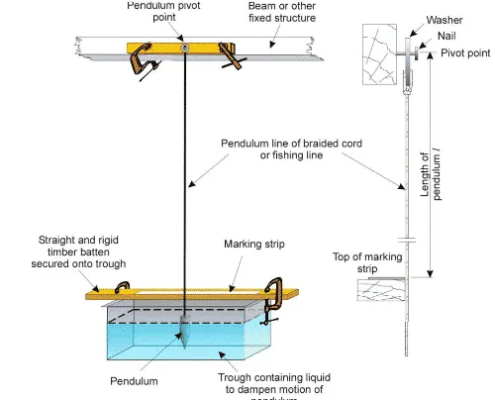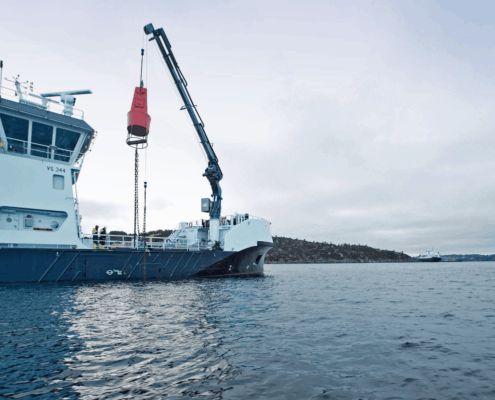The mathematicians developed numerous schemes for interpolation equations, but the important distinguishing feature was the order of interpolation. These schemes generally fell into one of two categories:
- 1st order interpolation
- 2nd order interpolation
Higher orders of interpolation are mathematically possible. But practically speaking, CFD solvers get too unstable. In most commercial CFD packages, you only see first order and second order options.
First order methods provide linear interpolation. They calculate first order derivatives (slope of the curve). These methods offer better stability. But they tend to smear the results over a larger extent. (Figure 3‑1) If you try to resolve a sharp gradient, first order methods are not the best option.
Second order methods are the preferred option; they provide quadratic interpolation. These calculate the first and second order derivative, offering better accuracy. Better accuracy leads to faster grid convergence and less cells required. This comes at the price of overshooting the values sometimes. (Figure 3‑2) As a result, second order methods may introduce greater instability into the simulation.












